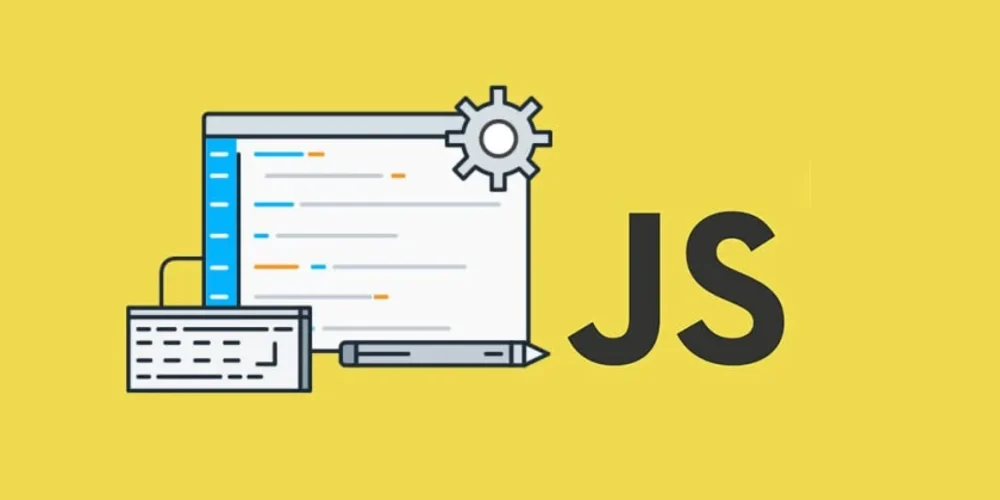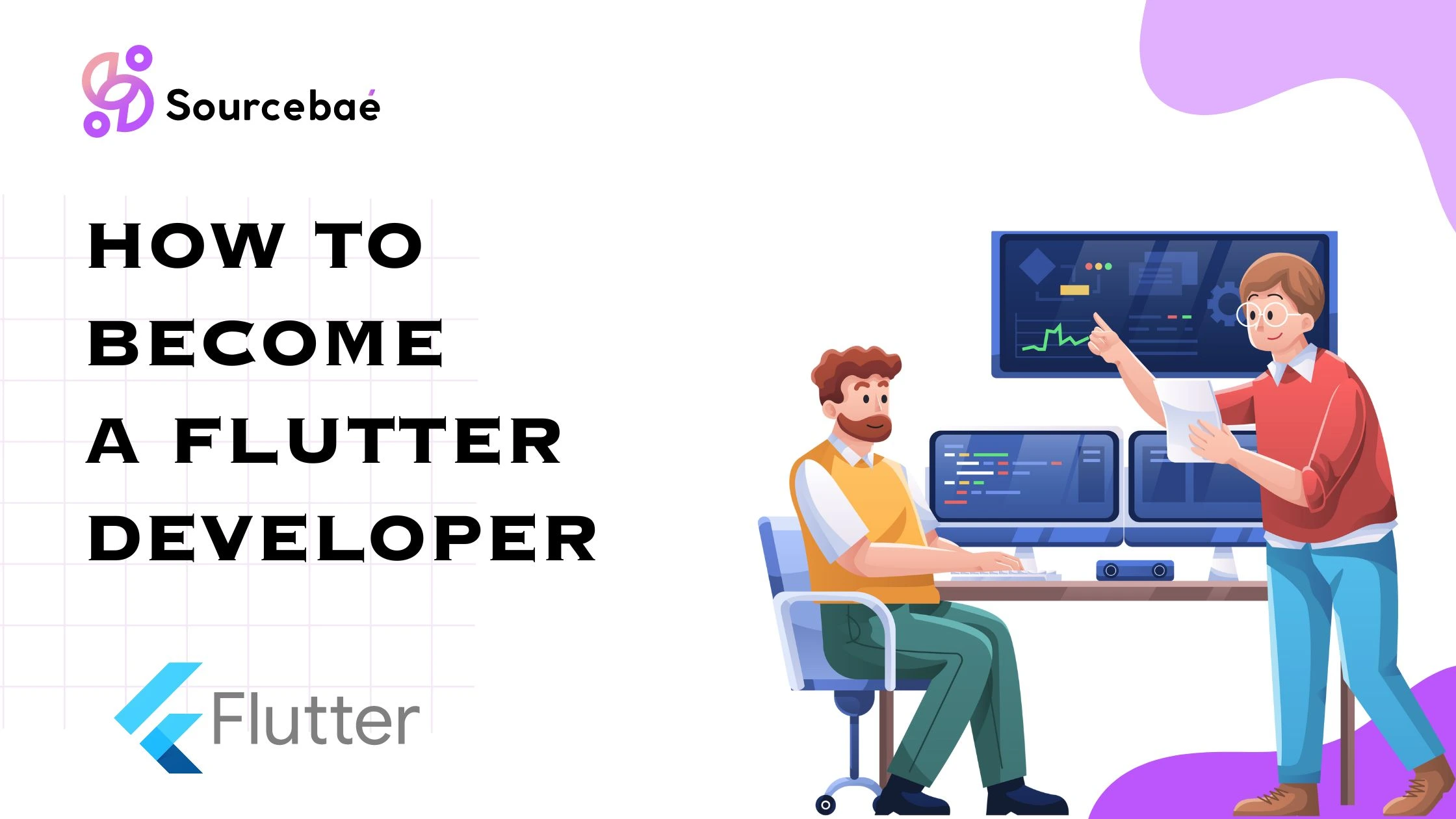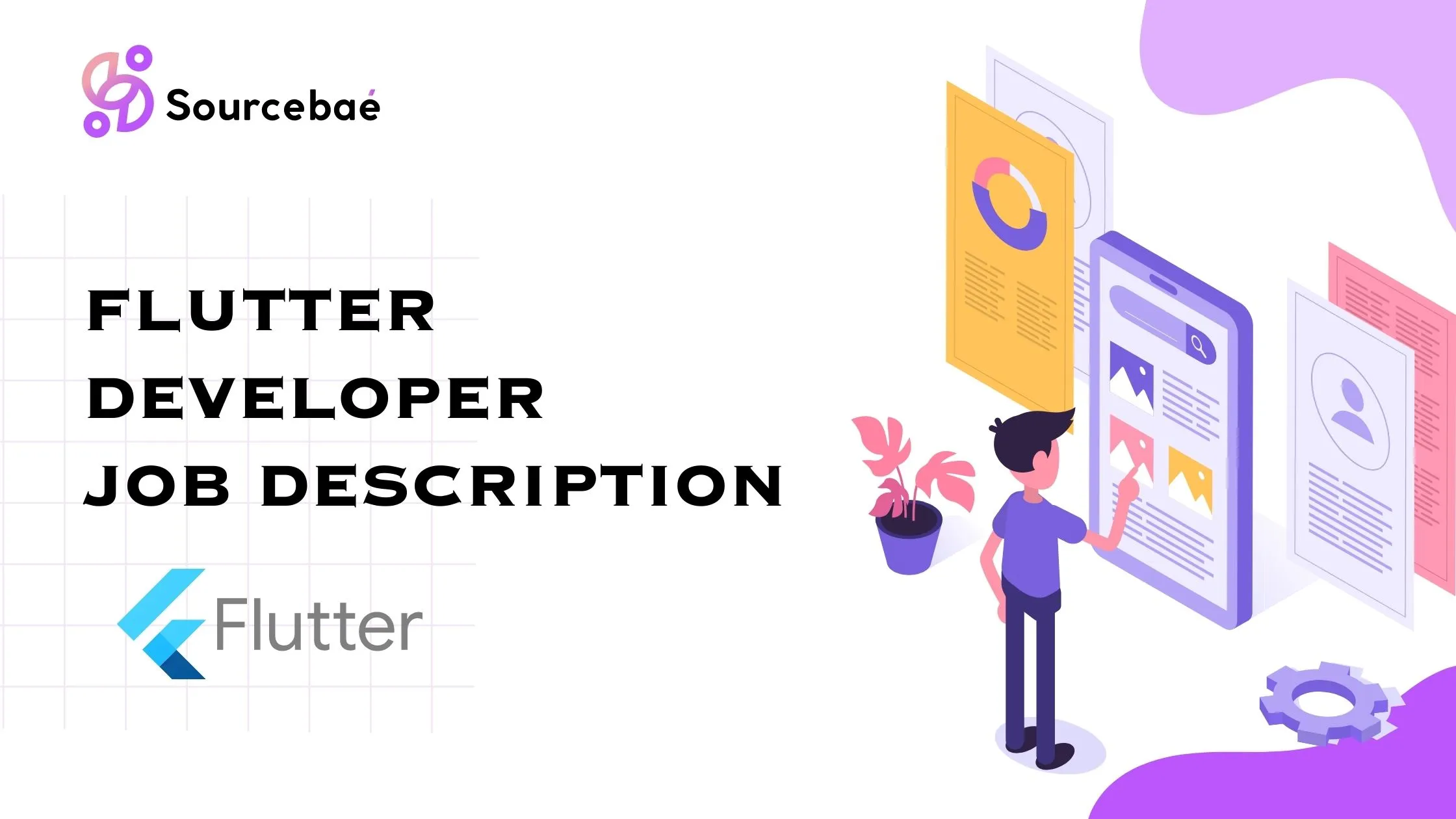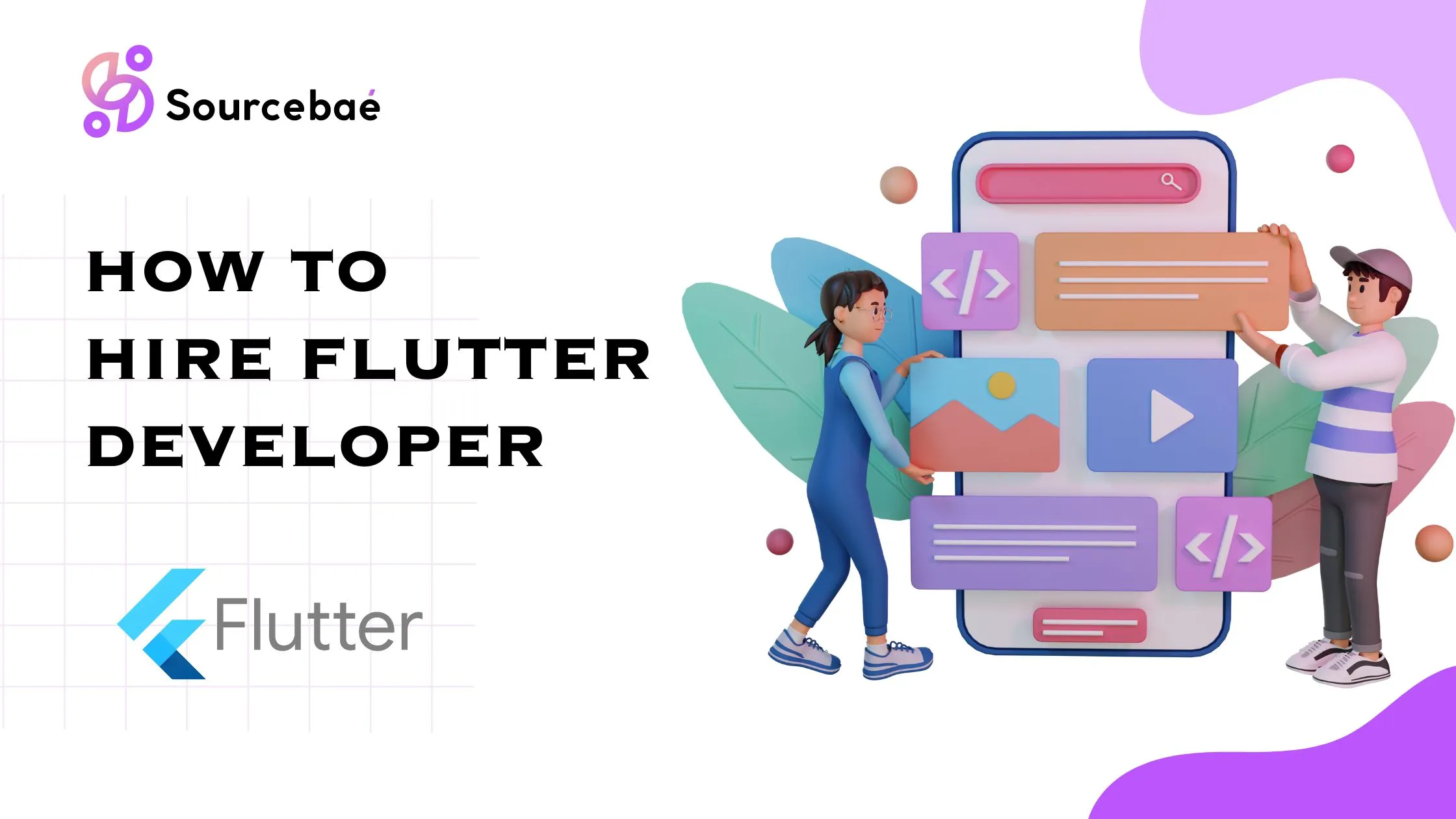What is Flutter used for?

Imagine a world where crafting captivating and responsive applications is a breeze, and reaching users across different platforms becomes seamless.
That’s exactly what Flutter offers – a revolutionary framework that has taken the world of app development by storm.
In this article, we’ll delve into the multifaceted world of Flutter and explore the question, “What is Flutter used for?” From its inception to its diverse applications, we’ll cover it all. So, buckle up and embark on this journey into the realm of Flutter!
What is Flutter used for?
At its core, Flutter is an open-source UI software development kit that empowers developers to create natively compiled applications for mobile, web, and desktop from a single codebase. This means that with Flutter, you can write code once and deploy it across various platforms, saving time and resources without compromising on the app’s performance or user experience.
Exploring the Versatility of Flutter
1. Cross-Platform Mobile App Development
Flutter’s forte lies in its ability to create stunning and consistent user interfaces across different devices and platforms. With a single codebase, developers can build apps for both iOS and Android, eradicating the need to write platform-specific code. This unified approach not only accelerates development but also maintains design coherence, resulting in a visually appealing and user-friendly app.
2. Engaging Web Applications
Flutter isn’t limited to mobile devices; it’s also a robust choice for crafting interactive web applications. By utilizing the same codebase, developers can ensure a consistent experience for users across browsers. Flutter’s fast rendering engine and customizable widgets make it an excellent choice for web app development, enabling developers to create engaging and dynamic interfaces.
3. Expressive Desktop Apps
Flutter’s versatility extends to the realm of desktop applications as well. Whether you’re targeting Windows, macOS, or Linux, Flutter’s adaptability allows developers to build native desktop apps that maintain a consistent look and feel. This empowers businesses and developers to expand their reach to desktop users without investing excessive resources.
4. Captivating User Interfaces
Flutter’s widget-centric architecture makes it a playground for creative UI/UX designers. The framework offers an array of pre-designed widgets that can be customized and combined to create visually striking interfaces. From simple buttons to complex animations, Flutter provides the tools to transform ideas into captivating user experiences.
5. Rapid Development with Hot Reload
Flutter’s Hot Reload feature has been a game-changer in the development process. This feature enables developers to instantly see changes made to the code without restarting the app, leading to faster experimentation and debugging. The result? Speedier development cycles and reduced time-to-market for your applications.
Unlocking Possibilities: LSI Keywords
- Flutter for E-Commerce: Revolutionize online shopping experiences by developing cross-platform apps that seamlessly integrate with e-commerce platforms.
- Flutter for IoT Applications: Leverage Flutter’s versatility to create intuitive interfaces for IoT devices, enhancing user control and interaction.
- Flutter for Startup Growth: Startups can quickly scale their presence by deploying Flutter apps on various platforms, maximizing their user base.
- Flutter for Custom Enterprise Solutions: Tailor-made apps that cater to specific business needs can be efficiently developed using Flutter’s capabilities.
- Flutter for Educational Apps: Create engaging and interactive educational apps that transcend traditional classroom boundaries.
FAQs
Q: Is Flutter suitable for large-scale applications?
A: Absolutely! Flutter’s performance and maintainability make it a strong contender for large and complex applications.
Q: Can I integrate Flutter modules into existing native apps?
A: Yes, you can gradually incorporate Flutter components into your existing native apps, ensuring a smooth transition.
Q: What programming language is used in Flutter?
A: Flutter uses Dart, a modern and efficient programming language that’s easy to learn and master.
Q: Are there any famous apps built with Flutter?
A: Certainly! Some well-known apps like Google Ads, Alibaba, and Reflectly are built using Flutter.
Q: Does Flutter require separate UI development for different platforms?
A: No, Flutter uses a single codebase to create consistent UI across all supported platforms.
Q: Can I contribute to the Flutter framework?
A: Absolutely! Flutter is an open-source project, and contributions from the developer community are highly encouraged.
Conclusion
In the world of app development, where versatility and efficiency are paramount, Flutter emerges as a beacon of innovation.
With its ability to create cross-platform applications without compromising on performance or design, Flutter has transcended the boundaries of conventional development.
Whether you’re a startup aiming for rapid growth, an enterprise seeking tailor-made solutions, or an individual developer with a creative vision, Flutter is your ally in crafting applications that resonate across mobile, web, and desktop platforms.
So, if you’re looking to redefine the way you build applications and reach users, embrace Flutter – where endless possibilities await your code!





